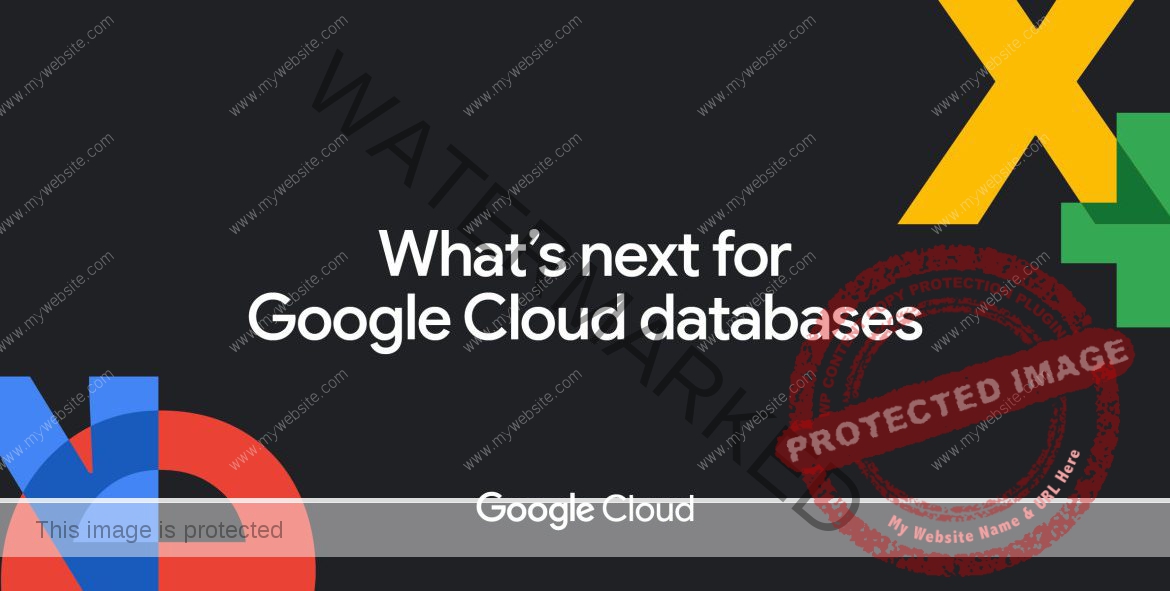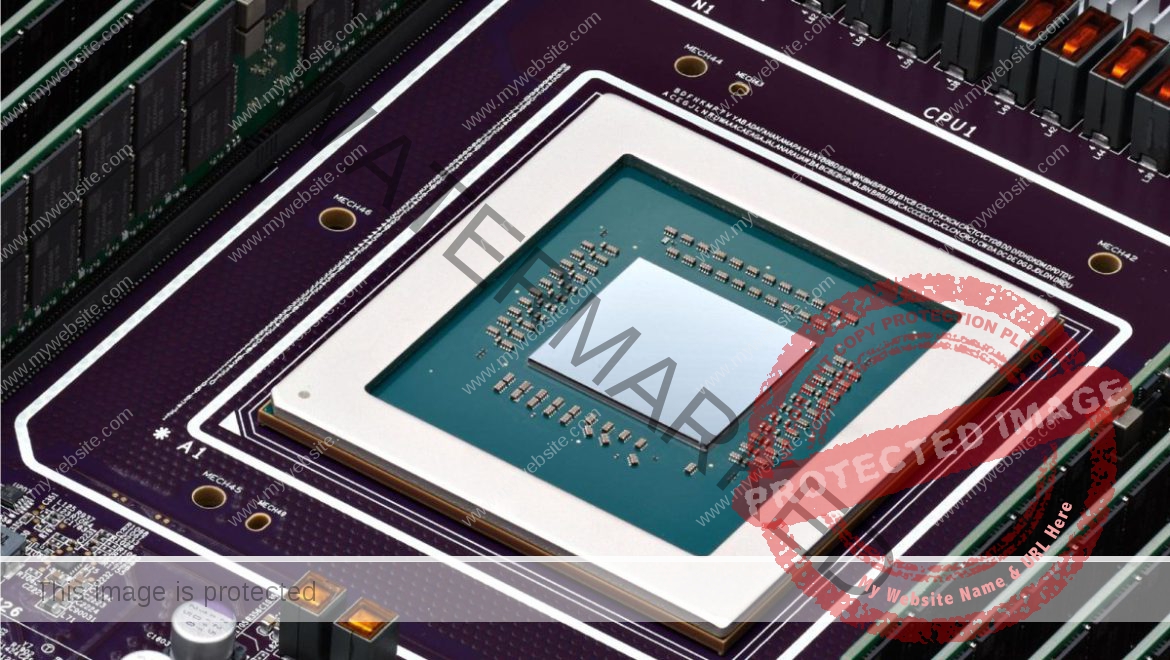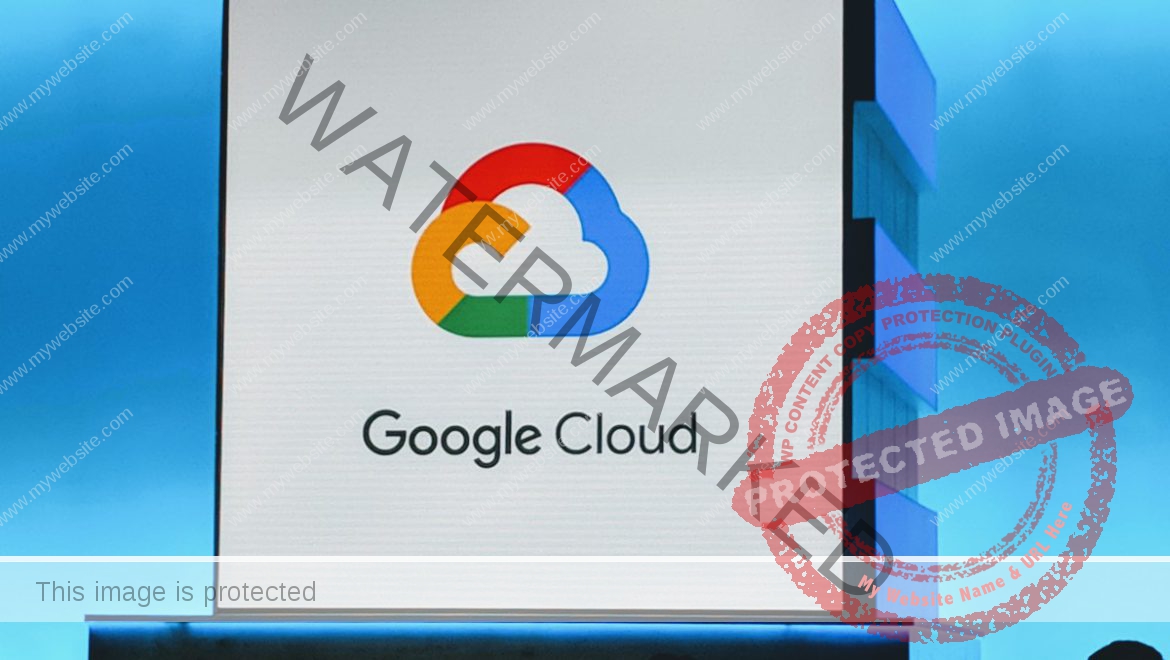This week in Las Vegas, 30,000 folks came together to hear the latest and greatest from Google Cloud. What they heard was all generative AI, all the time. Google Cloud is first and foremost a cloud infrastructure and platform vendor. If you didn’t know that, you might have missed it in the onslaught of AI news.
Not to minimize what Google had on display, but much like Salesforce last year at its New York City traveling road show, the company failed to give all but a passing nod to its core business — except in the context of generative AI, of course.
Google announced a slew of AI enhancements designed to help customers take advantage of the Gemini large language model (LLM) and improve productivity across the platform. It’s a worthy goal, of course, and throughout the main keynote on Day 1 and the Developer Keynote the following day, Google peppered the announcements with a healthy number of demos to illustrate the power of these solutions.
But many seemed a little too simplistic, even taking into account they needed to be squeezed into a keynote with a limited amount of time. They relied mostly on examples inside the Google ecosystem, when almost every company has much of their data in repositories outside of Google.
Some of the examples actually felt like they could have been done without AI. During an e-commerce demo, for example, the presenter called the vendor to complete an online transaction. It was designed to show off the communications capabilities of a sales bot, but in reality, the step could have been easily completed by the buyer on the website.
That’s not to say that generative AI doesn’t have some powerful use cases, whether creating code, analyzing a corpus of content and being able to query it, or being able to ask questions of the log data to understand why a website went down. What’s more, the task and role-based agents the company introduced to help individual developers, creative folks, employees and others, have the potential to take advantage of generative AI in tangible ways.
But when it comes to building AI tools based on Google’s models, as opposed to consuming the ones Google and other vendors are building for its customers, I couldn’t help feeling that they were glossing over a lot of the obstacles that could stand in the way of a successful generative AI implementation. While they tried to make it sound easy, in reality, it’s a huge challenge to implement any advanced technology inside large organizations.
Big change ain’t easy
Much like other technological leaps over the last 15 years — whether mobile, cloud, containerization, marketing automation, you name it — it’s been delivered with lots of promises of potential gains. Yet these advancements each introduce their own level of complexity, and large companies move more cautiously than we imagine. AI feels like a much bigger lift than Google, or frankly any of the large vendors, is letting on.
What we’ve learned with these previous technology shifts is that they come with a lot of hype and lead to a ton of disillusionment. Even after a number of years, we’ve seen large companies that perhaps should be taking advantage of these advanced technologies still only dabbling or even sitting out altogether, years after they have been introduced.
There are lots of reasons companies may fail to take advantage of technological innovation, including organizational inertia; a brittle technology stack that makes it hard to adopt newer solutions; or a group of corporate naysayers shutting down even the most well-intentioned initiatives, whether legal, HR, IT or other groups that, for a variety of reasons, including internal politics, continue to just say no to substantive change.
Vineet Jain, CEO at Egnyte, a company that concentrates on storage, governance and security, sees two types of companies: those that have made a significant shift to the cloud already and that will have an easier time when it comes to adopting generative AI, and those that have been slow movers and will likely struggle.
He talks to plenty of companies that still have a majority of their tech on-prem and have a long way to go before they start thinking about how AI can help them. “We talk to many ‘late’ cloud adopters who have not started or are very early in their quest for digital transformation,” Jain told TechCrunch.
AI could force these companies to think hard about making a run at digital transformation, but they could struggle starting from so far behind, he said. “These companies will need to solve those problems first and then consume AI once they have a mature data security and governance model,” he said.
It was always the data
The big vendors like Google make implementing these solutions sound simple, but like all sophisticated technology, looking simple on the front end doesn’t necessarily mean it’s uncomplicated on the back end. As I heard often this week, when it comes to the data used to train Gemini and other large language models, it’s still a case of “garbage in, garbage out,” and that’s even more applicable when it comes to generative AI.
It starts with data. If you don’t have your data house in order, it’s going to be very difficult to get it into shape to train the LLMs on your use case. Kashif Rahamatullah, a Deloitte principal who is in charge of the Google Cloud practice at his firm, was mostly impressed by Google’s announcements this week, but still acknowledged that some companies that lack clean data will have problems implementing generative AI solutions. “These conversations can start with an AI conversation, but that quickly turns into: ‘I need to fix my data, and I need to get it clean, and I need to have it all in one place, or almost one place, before I start getting the true benefit out of generative AI,” Rahamatullah said.
From Google’s perspective, the company has built generative AI tools to more easily help data engineers build data pipelines to connect to data sources inside and outside of the Google ecosystem. “It’s really meant to speed up the data engineering teams, by automating many of the very labor-intensive tasks involved in moving data and getting it ready for these models,” Gerrit Kazmaier, vice president and general manager for database, data analytics and Looker at Google, told TechCrunch.
That should be helpful in connecting and cleaning data, especially in companies that are further along the digital transformation journey. But for those companies like the ones Jain referenced — those that haven’t taken meaningful steps toward digital transformation — it could present more difficulties, even with these tools Google has created.
All of that doesn’t even take into account that AI comes with its own set of challenges beyond pure implementation, whether it’s an app based on an existing model, or especially when trying to build a custom model, says Andy Thurai, an analyst at Constellation Research. “While implementing either solution, companies need to think about governance, liability, security, privacy, ethical and responsible use and compliance of such implementations,” Thurai said. And none of that is trivial.
Executives, IT pros, developers and others who went to GCN this week might have gone looking for what’s coming next from Google Cloud. But if they didn’t go looking for AI, or they are simply not ready as an organization, they may have come away from Sin City a little shell-shocked by Google’s full concentration on AI. It could be a long time before organizations lacking digital sophistication can take full advantage of these technologies, beyond the more-packaged solutions being offered by Google and other vendors.















